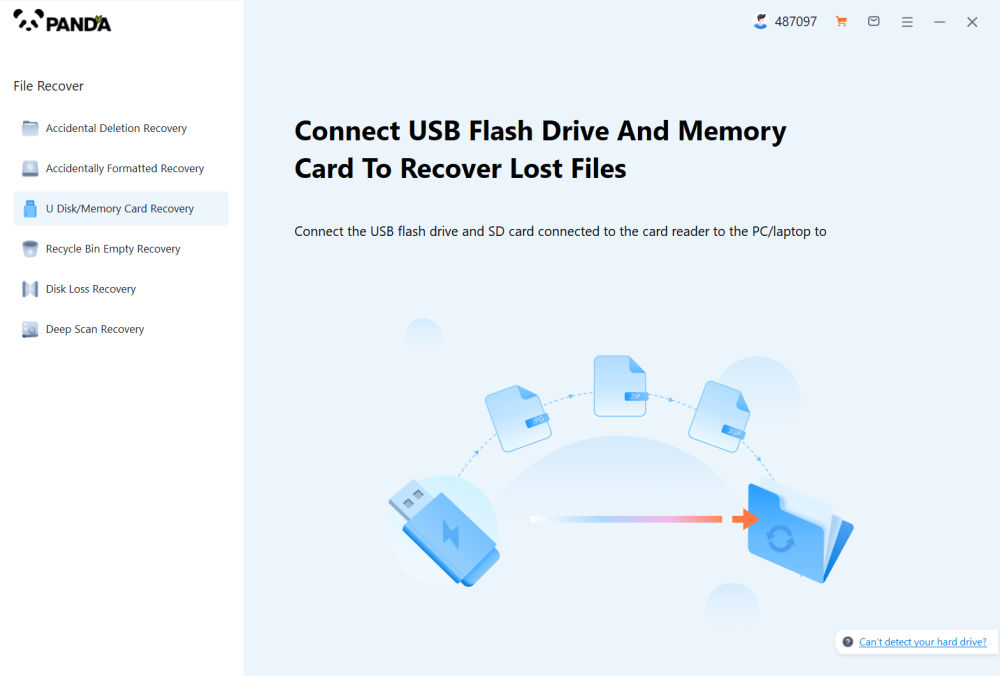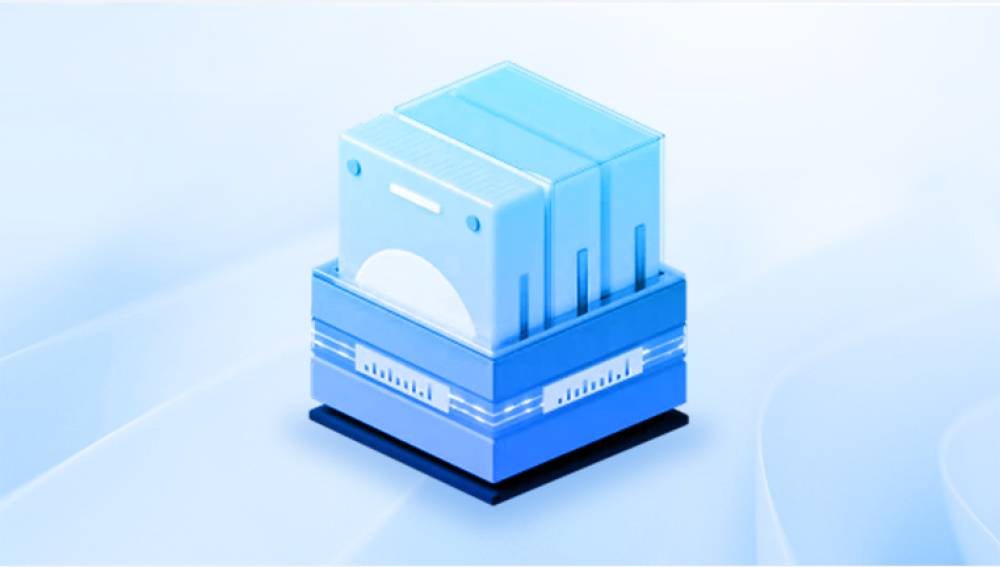Losing important files from an external hard disk can be a frustrating experience. Whether it's due to accidental deletion, formatting, virus attacks, or other reasons, the good news is that in many cases, deleted files can be recovered.
Part 1: How Files Are Deleted and Stored on an External Hard Disk
When you delete a file from an external hard disk, it doesn't immediately disappear from the storage medium. Instead, the operating system simply marks the space occupied by the file as available for reuse. The actual data remains on the disk until it is overwritten by new data. This is the fundamental principle behind file recovery.

External hard disks typically use one of several file systems, such as NTFS (New Technology File System) for Windows, HFS+ (Hierarchical File System Plus) for Mac, or exFAT (Extended File Allocation Table) which is more commonly used for cross - platform compatibility. Each file system has its own way of organizing and managing files, but the basic concept of deleted files still applies.
Part 2: Stop Using the External Hard Disk Immediately
As soon as you realize that files have been deleted from the external hard disk, it's crucial to stop using the disk immediately. Any new write operations to the disk, such as saving new files or installing software, increase the chances of the deleted files being overwritten. By keeping the disk in a read - only state, you maximize the likelihood of successful file recovery.
Part 3: Check the Recycle Bin (for Windows Users)
If you are using a Windows - based computer, the first place to check is the Recycle Bin. When you delete a file from an external hard disk connected to a Windows PC, it may be moved to the Recycle Bin instead of being permanently deleted.
Open the Recycle Bin on your desktop.
Look for the deleted files in the list. You can search by file name, date deleted, or other attributes.
If you find the files you want to recover, right - click on each file and select "Restore". This will move the file back to its original location on the external hard disk.
Part 4: Use the Time Machine Backup (for Mac Users)
Mac users who have enabled Time Machine can use it to recover deleted files from an external hard disk.
Connect the external hard disk to the Mac.
Open the Time Machine application.
Scroll through the time - stamped backups until you find the point in time before the files were deleted.
Select the files you want to recover and click the "Restore" button. Time Machine will restore the selected files to their original locations on the external hard disk.
Part 5: Employ File Recovery Software
Drecov Data Recovery supports various file systems, including NTFS, FAT32. exFAT, and more. It’s compatible with both Windows and macOS, making it a versatile tool for all kinds of users. Whether you're trying to retrieve deleted emails, recover lost photos from a memory card, or restore videos from a formatted external hard drive, Panda can handle it.
Best of all, Drecov Data Recovery prioritizes safety. It performs read-only scans to prevent further damage or overwriting, ensuring the best chances of successful recovery. If you’re facing data loss and need a dependable solution, Drecov Data Recovery is a smart, effective choice.
Part 6: Consider Professional Data Recovery Services
If the above methods do not yield satisfactory results, or if the external hard disk has physical damage, it may be necessary to consider professional data recovery services. These services have specialized equipment and expertise to handle complex data recovery scenarios.
Research and choose a reputable data recovery company. Look for companies with a good track record, positive customer reviews, and proper certifications.
Contact the company and describe the problem with your external hard disk. They will usually provide an initial assessment and an estimate of the cost and recovery time.
If you agree to the terms, send the external hard disk to the data recovery company. They will perform a detailed analysis of the disk and attempt to recover the data using advanced techniques. This may involve opening the hard disk in a clean room environment to access the internal components if there is physical damage.
The company will return the recovered data to you on a new storage medium, such as a new external hard disk or a set of DVDs. They will also usually provide a report on the recovery process and the files that were successfully recovered.
Part 7: Preventing Future Data Loss
To avoid future data loss from your external hard disk, it's important to implement some preventive measures:
Regularly back up your data: Use a backup solution such as Windows Backup and Restore or Mac Time Machine to regularly back up the data on your external hard disk to another storage device or cloud - based storage. This way, if files are deleted or the hard disk fails, you can easily restore the data from the backup.
Use reliable storage media: Invest in high - quality external hard disks from reputable manufacturers. Avoid using cheap or counterfeit storage devices, as they are more likely to fail and cause data loss.
Keep your software and drivers up to date: Make sure your operating system, as well as any software related to the external hard disk, such as drivers, is up to date. This helps ensure compatibility and stability, reducing the risk of software - related issues that could lead to data loss.
Handle the external hard disk with care: Avoid dropping, hitting, or exposing the external hard disk to extreme temperatures, humidity, or magnetic fields. These factors can damage the hard disk and cause data loss.
Use antivirus and anti - malware software: Protect your external hard disk from virus and malware attacks by regularly scanning it with reliable antivirus and anti - malware software. These programs can detect and remove malicious software that may attempt to delete or corrupt your files.




